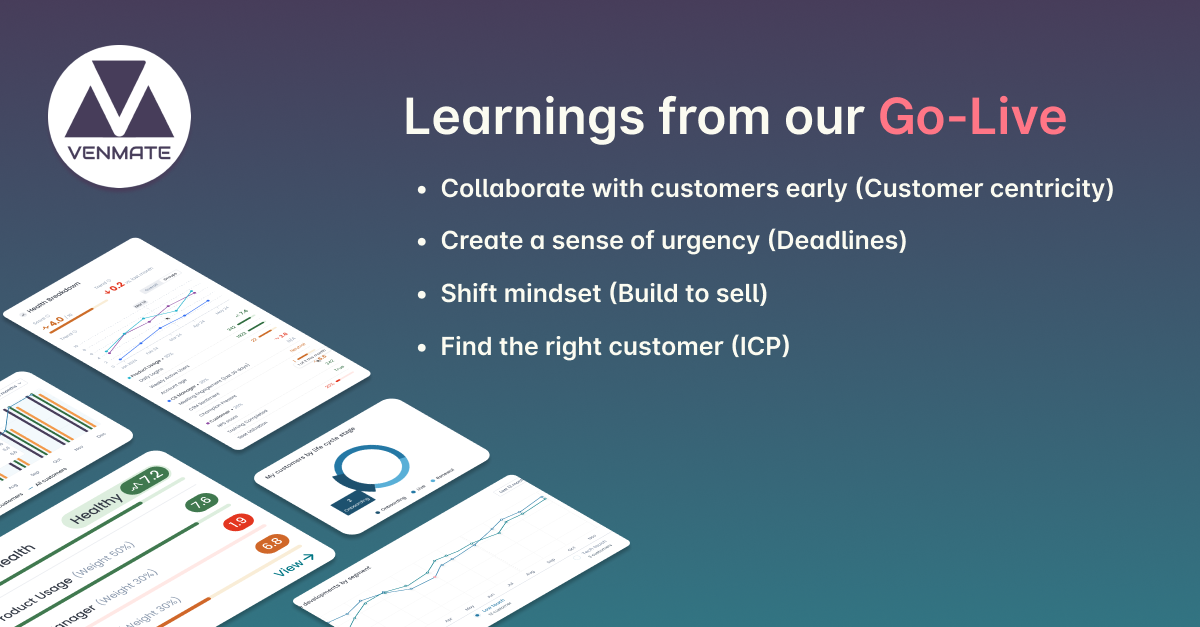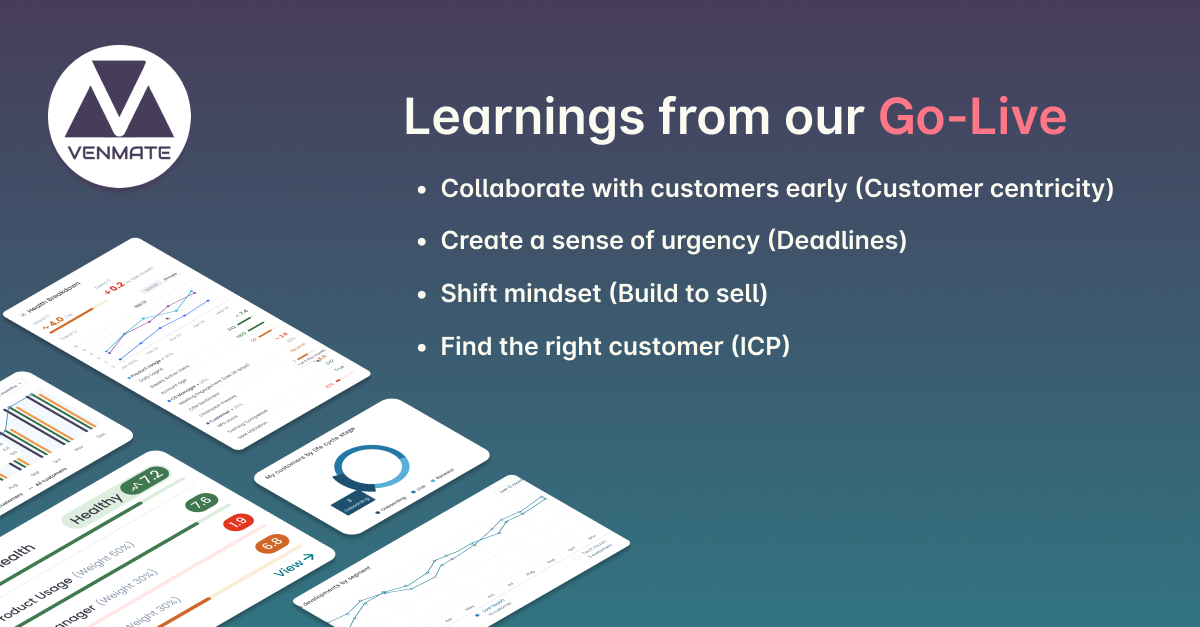Self-Service Portals
Introduction to self-service portals
Customer self-service portals are an essential component of modern customer support strategies, offering customers the tools and resources they need to solve issues independently. By providing immediate access to information, troubleshooting guides, and community support, self-service portals not only improve customer satisfaction but also reduce the burden on support teams. When well-designed, these portals can significantly enhance the customer experience, leading to increased product adoption, reduced churn, and greater customer loyalty.
Table of content
- Introduction to self-service portals
- Why self-service matters
- Key benefits of self-service portals
- Key components of a successful self-service portal
- 1. Knowledge base
- 2. Community forums
- 3. Automated chatbots
- 4. Video tutorials and interactive guides
- 5. Search functionality
- 6. Ticket submission option
- Best practices for designing an effective self-service portal
- 1. Understand your customers’ needs
- 2. Keep content fresh and updated
- 3. Make navigation intuitive
- 4. Encourage community engagement
- 5. Implement analytics and feedback loops
- 6. Promote the self-service portal
- Tips for enhancing self-service adoption
- 1. Highlight the portal during onboarding
- 2. Integrate the portal into your product
- 3. Offer incentives for use
- 4. Use chatbots to guide users
- Related topics
Why self-service matters
In today’s fast-paced digital environment, customers expect instant access to information and solutions. A self-service portal allows customers to find answers to their questions, troubleshoot problems, and learn how to use products without waiting for assistance from a support team. This autonomy is not only empowering for customers but also beneficial for businesses, as it can lead to more efficient support operations and lower support costs.
Key benefits of self-service portals
- 24/7 Availability: Customers can access support resources anytime, from anywhere, without relying on support staff.
- Scalability: As your customer base grows, a self-service portal can handle an increasing volume of inquiries without additional staff.
- Reduced Support Costs: By allowing customers to resolve their issues independently, businesses can reduce the number of tickets submitted to support teams.
- Enhanced Customer Satisfaction: Empowering customers to find answers on their own often leads to quicker resolutions and a more positive experience.
Key components of a successful self-service portal
To be effective, a customer self-service portal needs to be well-structured, easy to navigate, and filled with relevant, up-to-date content. Here are the essential components that should be included:
1. Knowledge base
The knowledge base is the cornerstone of any self-service portal. It should include a wide range of resources, such as articles, how-to guides, troubleshooting tips, and FAQs that cover every aspect of the product or service. The content should be easily searchable, well-organized into categories, and regularly updated to reflect changes in the product or common customer issues.
2. Community forums
A community forum allows customers to interact with each other, share experiences, and offer solutions. This peer-to-peer support can be incredibly valuable, as customers often find comfort and insight from others who have faced similar challenges. Additionally, community forums can help reduce the workload on support teams by leveraging the collective knowledge of the user base.
3. Automated chatbots
Integrating AI-driven chatbots into your self-service portal can provide instant assistance to customers. Chatbots can answer frequently asked questions, guide customers to relevant resources in the knowledge base, and even handle simple support tasks like resetting passwords. They serve as the first line of defense, addressing common issues before escalating to human support.
4. Video tutorials and interactive guides
Some customers prefer visual or interactive learning. Video tutorials and interactive guides can be particularly effective in demonstrating complex processes or features. These resources can be more engaging than written content and can cater to different learning styles, helping customers grasp concepts more quickly.
5. Search functionality
A robust search function is crucial for any self-service portal. Customers should be able to find relevant content quickly by entering keywords or phrases. The search engine should return the most pertinent results first and offer filters to narrow down options based on categories or topics.
6. Ticket submission option
While the goal of a self-service portal is to enable customers to find solutions independently, there will be times when they need additional help. Including an option to submit a support ticket directly from the portal ensures that customers can easily escalate issues when necessary, without leaving the portal.
Best practices for designing an effective self-service portal
Creating a self-service portal that truly serves your customers requires careful planning and ongoing management. Here are some best practices to consider:
1. Understand your customers’ needs
The first step in designing an effective self-service portal is to understand your customers’ needs and preferences. Conduct surveys, analyze support tickets, and gather feedback to identify the most common issues and questions. This information will guide the creation of relevant content and resources.
2. Keep content fresh and updated
A self-service portal is only as good as its content. Regularly review and update the knowledge base and other resources to ensure they remain accurate and relevant. As your product evolves, make sure the self-service content reflects new features, updates, and known issues. Consider setting up a content review schedule and assigning specific team members to oversee updates.
3. Make navigation intuitive
The design of your self-service portal should prioritize ease of use. Organize content into clear categories, use descriptive labels, and ensure that the portal is easy to navigate. Consider implementing breadcrumbs, intuitive menus, and a clear structure that guides users to the information they need with minimal effort.
4. Encourage community engagement
A vibrant community forum can be a valuable asset to your self-service portal. Encourage customer participation by rewarding active users, featuring popular threads, and occasionally having experts or product managers engage in discussions. This not only fosters a sense of community but also builds a repository of user-generated content that can benefit others.
5. Implement analytics and feedback loops
To continually improve your self-service portal, it’s essential to monitor how it’s being used. Implement analytics tools to track metrics such as page views, search queries, and time spent on the portal. Additionally, solicit feedback from customers to identify pain points and areas for improvement. Use this data to refine the portal’s content and design.
6. Promote the self-service portal
Ensure that customers are aware of the self-service portal and its benefits. Promote it through onboarding materials, in-product prompts, email campaigns, and support communications. When customers submit a ticket, consider suggesting they check the self-service portal first, linking to relevant articles or guides.
Tips for enhancing self-service adoption
While a well-designed self-service portal can be a powerful tool, its success depends on customer adoption. Here are some strategies to increase usage:
1. Highlight the portal during onboarding
Introduce new customers to the self-service portal as part of the onboarding process. Demonstrate how to access and use the portal, and encourage customers to explore it. This early exposure helps establish the portal as the go-to resource for support.
2. Integrate the portal into your product
Integrate links to the self-service portal directly within your product interface. For example, if a user encounters an error or clicks on a help button, they should be directed to the relevant knowledge base article or tutorial. This seamless integration ensures that customers can access help without disrupting their workflow.
3. Offer incentives for use
Consider offering incentives, such as discounts or rewards, for customers who actively use the self-service portal. Gamifying the experience by awarding points for completing tutorials or participating in forums can also encourage engagement.
4. Use chatbots to guide users
Deploy chatbots within your product or website to guide users to the self-service portal. If a customer asks a question that the bot can’t answer, it can direct them to the most relevant article or suggest that they search the knowledge base.
Related topics
Want to get in touch? Leave us a message.
If you want to learn more about VENMATE and customer success management, feel free to get in touch and request a demo.


